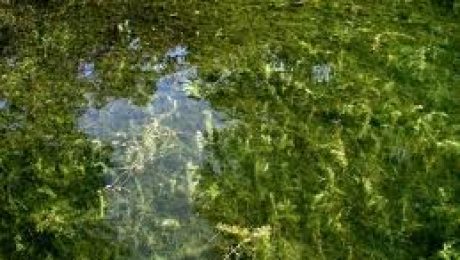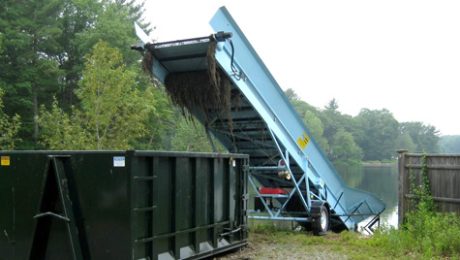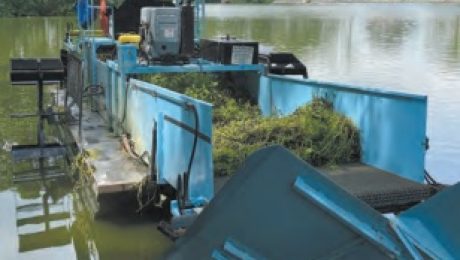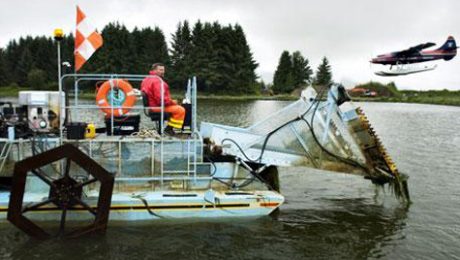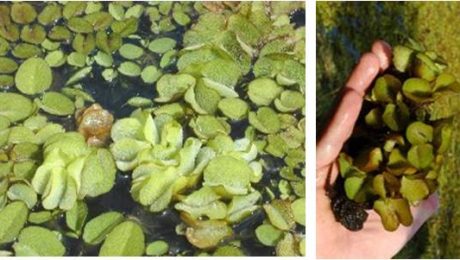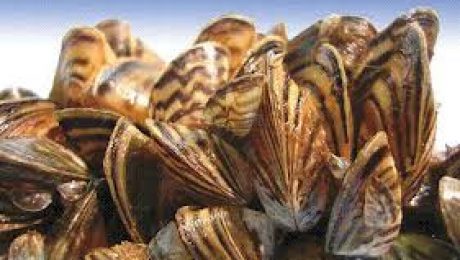Preliminary results from systematic monitoring of Wisconsin lakes for aquatic invasive species confirm that boaters, not ducks or other birds, are spreading the invaders around. That is according to state and University of Wisconsin-Madison researchers. None of the wilderness lakes surveyed – those in remote places and easily accessible only to wildlife – had any
A new study from the University of Minnesota challenges a common belief that lakes with diverse plant life are more resilient to aquatic invaders. The study by the U’s Minnesota Aquatic Invasive Species Research Center looked at 13 years of vegetation survey data collected from about 1,100 lakes by the Department of Natural Resources. The
Morses Pond, located in Wellesley Massachusetts not only provides the town with water, but provides the town with an excellent public beach and other and recreational activities. Morses Pond was overrun with weeds, but today they are barely noticeable. Efforts from a Morses Pond Management Plan written in November 2005 and fully implemented two years
An explosion of water chestnut is starting to choke the Sudbury River in Massachusetts to the point it’s nearly impossible to take a boat out. The Sudbury River in Framingham is just one spot in MetroWest and the Milford area under attack by aquatic weeds – invasive plants that experts say are changing the landscape,
A study by the Center for Limnology at UW-Madison says invasive species usually exist in low number and that overabundance is NOT the most common scenario. “Invasive species are often thought of as species that take over wherever they get in,” says Jake Vander Zanden, a UW limnology professor who directed the research. “But, in
Bundaberg Regional Council environment and natural resources spokesman Danny Rowleson said salvinia molesta is an extremely invasive aquatic weed that is taking over Baldwin Swamp in Queensland, Australia. In addition to degrading water quality and destroying wildlife habitats, salvinia can reduce water flow to irrigation equipment, increasing pumping times and costs and prevent access by
In an effort to conserve the environment, the River Alliance of Wisconsin partnered with Midwest Conservation Dogs Inc. on Tuesday. Midwest Conservation Dogs trains dogs to sniff out invasive species, including plants and animals. The four dogs the conservation has can smell up to 50 different target odors. The dogs detect invasive species both in
On tap is the Excelsior’s latest brew called the Milfoil Lakehouse Saison Ale. It has an “exotic, invasive flavor,” they say, from ingredients like Minnetonka honey and Minnesota wild rice, as well as a dash of Eurasian milfoil and zebra mussel shells. That’s right – the aquatic invasive species can be intentionally consumed for your
A new study by the Wisconsin Department of Natural Resources has shown that ongoing efforts to prevent the spread of aquatic invasive species have been successful. The spread of aquatic invasive species has remained stable in the 1,000 Wisconsin lakes used in the study. Invasive species are still present in 75% of the lakes, but
- 1
- 2


